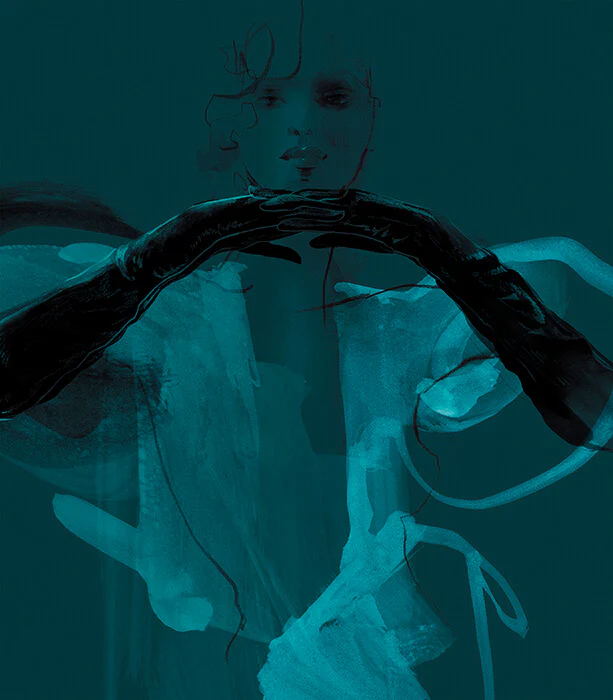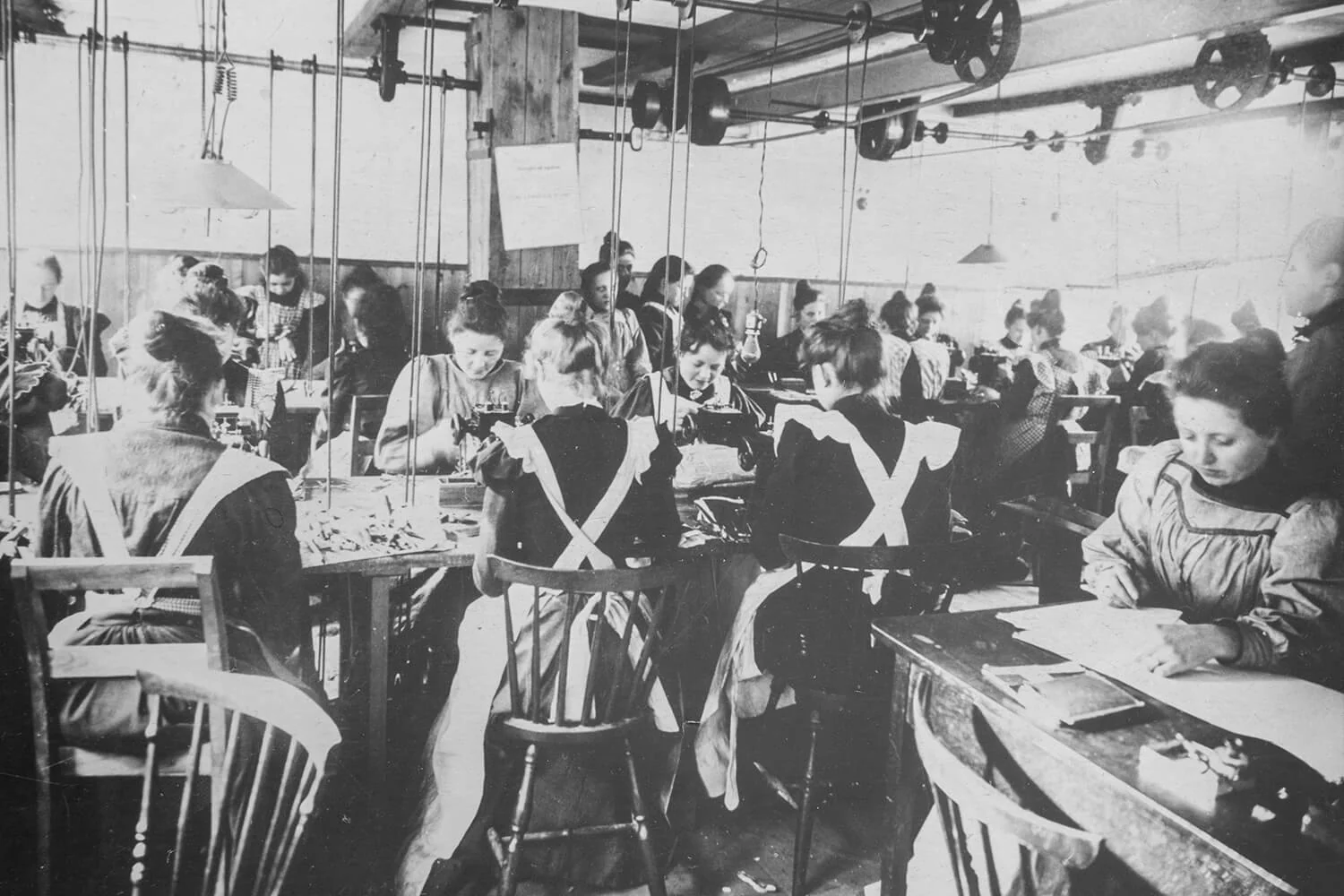

AN AGE-OLD TALE OF PASSION AND CRAFTSMANSHIP
The history of glove-making in Randers takes its beginning in the 13th century.
It is an exciting tale of kings, queens and Catholic monks that, in one of history’s intricate twists, play an essential role in making Randers the most important glove city in Europe.
Take a deep dive into our enthralling history and legacy below.
THE HISTORY OF RHANDERS
THE HISTORY OF GLOVES
From ancient times
Dignity and tradition are attached to the glove that stretches far back in history. It symbolized power and honour, sealed important trade deals and challenged them to battle.
THE AROMA OF THE KALMUS
1230s
When French monks planted the Kalmus flower in the Gudenå river, they couldn't anticipate the revolutionary impact this would have on Randers and the city's glove trade.
HEIGHT & DECAY
1720 – 1777
The 18th Century was Randers' heyday as a glove city. As the dominant industry, a fifth of the town's 2,500-3,000 inhabitants made a living by making gloves, which were sold all over Europe.
RANDERS GLOVE FACTORY
1811
In 1811 the entrepreneurial O.C. Kellermann founded "Randers Glove Factory". He invited French skilled glove makers and tanners to Randers, and revolutionized the industry.
THOMSEN: GLOBAL EXPANSION
1893 - 1927
Modernization, globalization, trade and branding were the key efforts of Marinus Thomsen's takeover of the glove factory in 1893. He also introduced the image of the iconic "Randers girl".
VEJRUM: STABILIZATION
1927
A new era started when banker Ejnar Vejrum took over Randers Handskefabrik and stabilized the company after the tumultuous times of the 1910s and 1920s.
WORLD WAR II
1940s
The occupation of Denmark made the import of hides and leathers impossible, causing the factory to test the use of other, more exotic raw materials, while the fear of sabotage was ever-present.
PROGRESS & RENEWAL
1950s
Europe was again open for trade, and this enabled Vejrum to import a wide range of gloves. The decade also saw the rise of more automobiles and thus the iconic driving glove, developed in 1957.
DENMARK'S LAST GLOVE FACTORY
1970's
These were difficult times for glove manufacturing in Denmark due to the high degree of import. This made Randers Glove Factory the last of its sort in Denmark.
THE GENERATION CHANGE
1987
After 60 years in charge, Ejner Vejrum entrusted the company with his two sons, Erik and Arne. It was also in this decade that the FBI and MI5 discovered the extreme durability of a pair of special gloves.
PURVEYOR TO THE ROYAL COURT
2000
In 2000 - on the Queen's 60th birthday, Randers Glove Factory was appointed Purveyor to the Royal Danish Court, marking a high point in the long-standing relationship with the Royal Palace.
HANSEN: A FLOURISHING BRAND
2019
With a mission to safeguard the craftsmanship and heritage of the company, Rina Hansen and her family took over the historical company as the 5th owner family in the company's history.
⏳
RANDERS HANDSKEFABRIK
1811 - 1817
Handske-Fabrikke v. Kellermann, Randers
Olaus Christian Kellermann (1779-1837)
Tørvebryggen
1817 - 1848
C. Mattat Handskefabrik Randers
Charles Louis Francisko Mattat (1791-1852)
Vestergrave 24
1848 - 1886
C. Mattats Sönner Handskefabrik Randers
Carl Christian Mattat (1818-1886) and Joseph Prosper Mattat (1823-1903)
Vestergrave 24
1886 -1893
C. Mattats Sönner Handskefabrik Randers
Prosper Mattat (1862-1937)
Vestergrave 24
1893 - 1927
M. Thomsen Garveri og Handskefabrik Randers
Christian Marinus Thomsen (1858-1927)
Vestergrave 24 and Østergade 4
1927 - 1987
Randers Handskefabrik
Ejnar Vejrum (1900 - 1987)
Apotekerstræde and Vestergrave 18
1987 - 2018
Randers Handsker
Erik Vejrum (1929 - 2009) and Arne Vejrum (1938- )
Vestergrave 18
2018 –
RHANDERS
Rina Hansen (1978- )
Vestergrave 18 and Strømmen 32






























